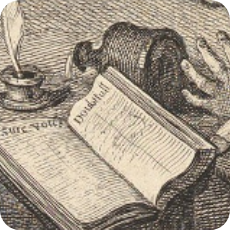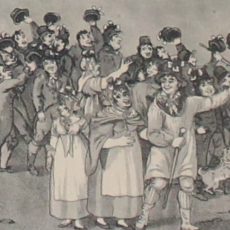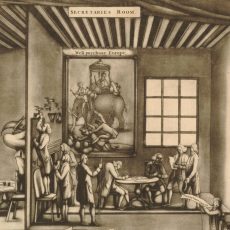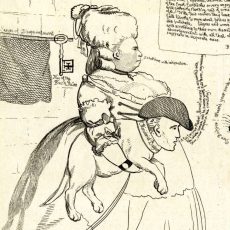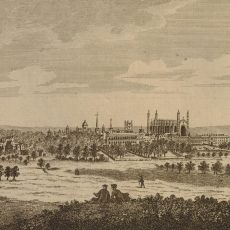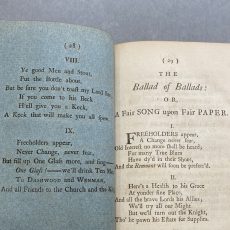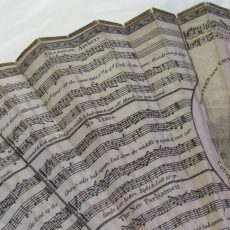Eighteenth-Century
Political Participation
& Electoral Culture
Eighteenth-century Britain is notorious for its corrupt and restrictive politics, when few could vote and bribery and debauchery were commonplace. But it was also an age when modern democracy was being shaped. Parliamentary elections could be fiercely contested. Campaigns were fought at public meetings and entertainments, in print and song, through dress and decoration. Men and women, rich and poor, voters and non-voters, all participated – as consumers, but also as active makers of these unique cultural and political experiences.
Eighteenth-Century Political Participation & Electoral Culture collects in one place a wealth of information on English parliamentary elections from 1695 to the Reform Act of 1832. This includes a complete list of all surviving poll books, transcribed and searchable data on how people voted, and wonderful examples of the visual, material and musical culture that elections generated.
